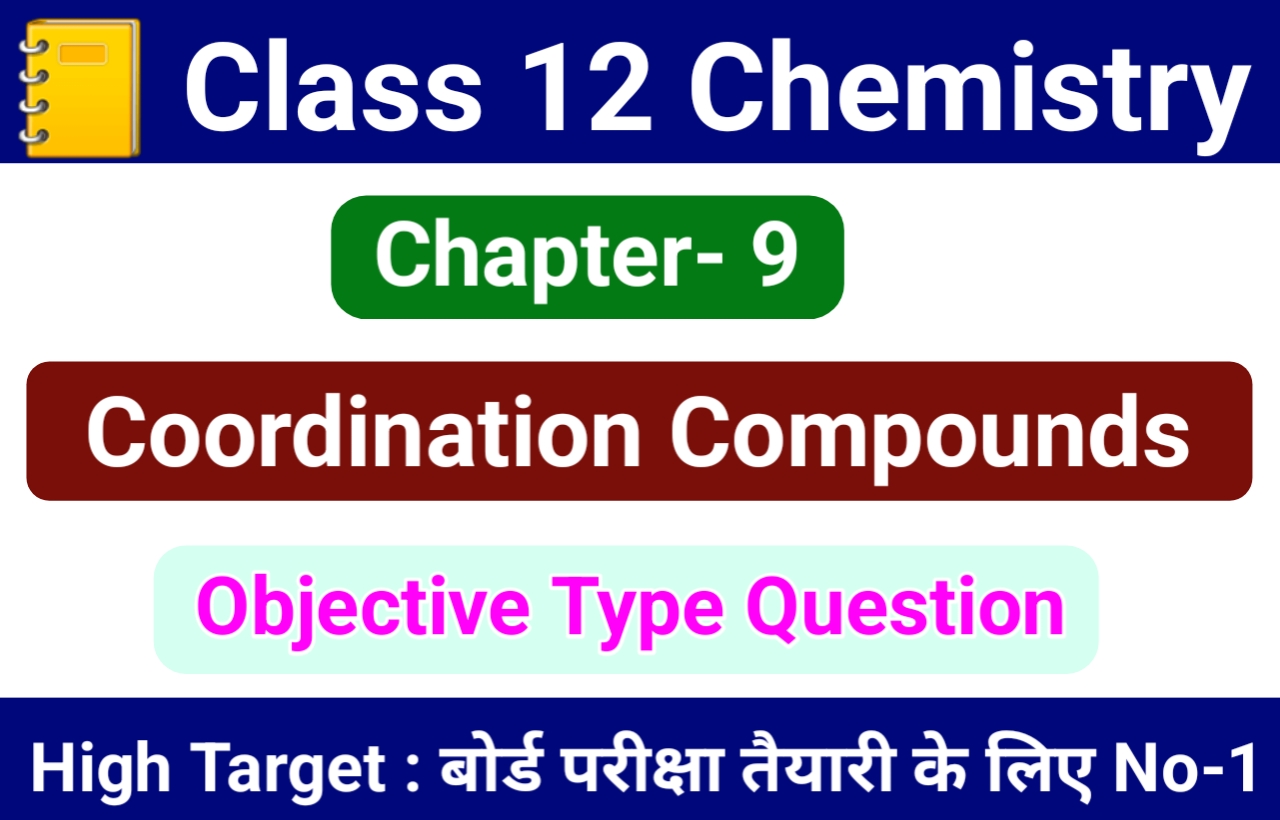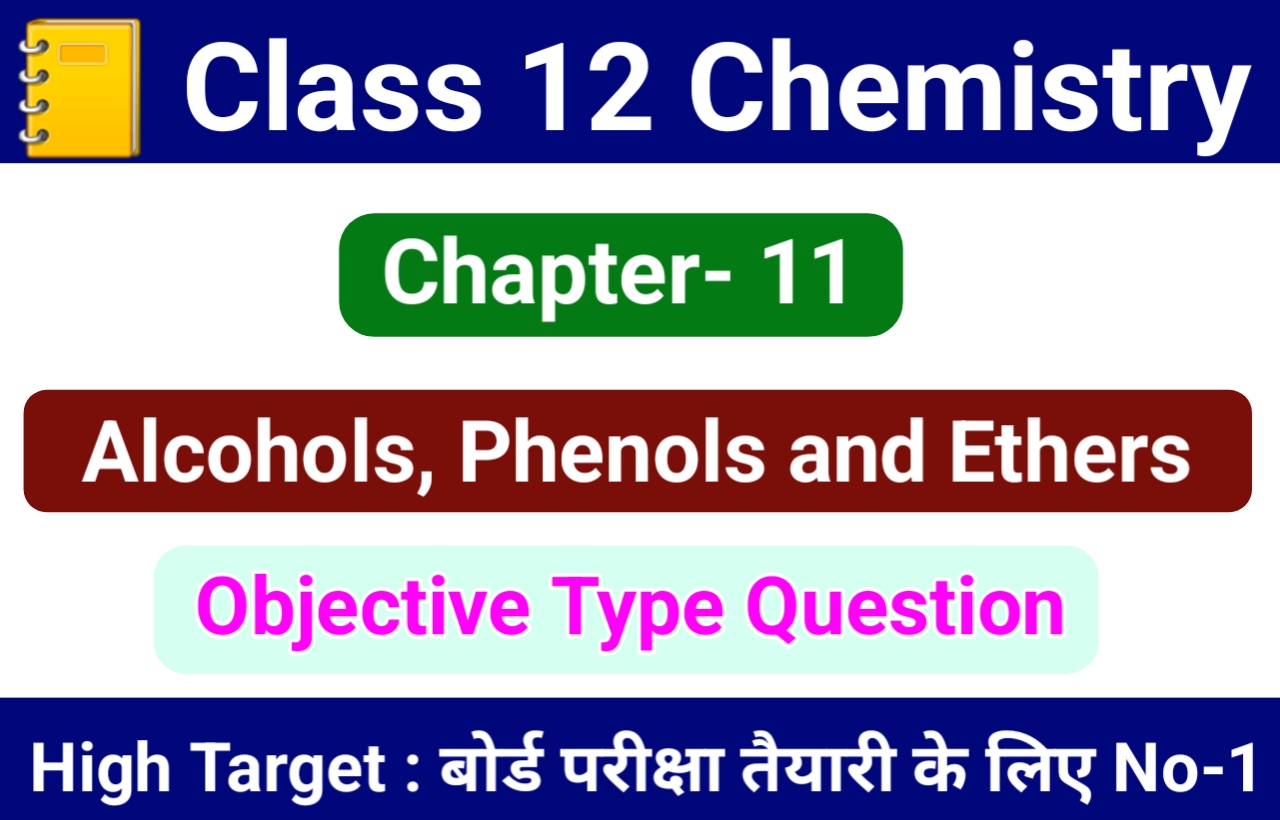
9. CO-ORDINATION COMPOUNDS Objective
9. CO-ORDINATION COMPOUNDS
1. K2[Fe(CN)6] is a/an
(A) double salt
(B) complex salt
(C) acid
(D) base
2. Which of the following compounds has tetrahedral geometry ?
(A) [Ni(CN)4]2-
(B) [Pd(CN)4]2-
(C) [PdCl4]2-
(D) (NiCl4]2-
3. The number of possible isomers for the complex
[Co(C2O4)(NH3)2]
(A) 1
(B) 2
(C) 3
(D) 4
4. The oxidation state of nickel in [Ni(CO4)] is
(A) 1
(B) 4
(C) 2
(D) 3
5. According to Werner’s theory of coordination compounds
(A) Primary valency is ionisable
(B) Secondary valency is ionisable
(C) Primary and secondary valencies are ionisable
(D) Neither primary nor secondary valency is ionisable
6. The 1igand N (CH2CH2NH2) is
(A) bidentate
(B) tridentate
(C) tetradentate
(D) pentadentate
7. Which of the following is a tridentate ligand ?
(A) EDTA4-
(B) (COO)![]()
(C) dien
(D) NO![]()
8. Among the following which are ambidentate ligands ?
(i) SCN-
(ii) NO![]()
(iii) NO![]()
(iv) C2O![]()
(A) (i) and (iii)
(B) (i) and (iv)
(C) (ii) and (iii)
(D) (ii) and (iv)
9. Which of the following ligands form a chelate ?
(A) Acetate
(B) Oxalate
(C) Cyanide
(D) Ammonia
10. The correct IUPAC name of the following compound is
[Cr(NH3)5(NCS)] [ZnCl4]
(A) Penta amine isothiocyanato chromium (III) tetrachlorozincate (II)
(B) Penta amine isothicocyanatezinc chloride- chromate (III)
(C) Penta amine isothicoyanato chromate (II)
(D) isothiocyanatopenta amine chromium (II) zinc chloride (IV)
11. Correct formulae of tetraamine chloronitro- platinum (IV) sulphate can be written as
(A) (Pt(NH3)4 (ONO) Cl]SO4
(B) [Pt (NH3)4Cl2NO2]2
(C) (Pt(NH3)4 (NO2) Cl]SO4
(D) (PtCl (ONO)NH3(SO4)]
12. Which of the following isomers will give white precipitate with BaCl2 solution ?
(A) (Co(NH3)5SO4]Br
(B) (Co(NH3)5Br]SO4
(C) (Co(NH3)4(SO4)2]Br
(D) (CO(NH3)4(SO4)]
13. Which of the following compounds exhibits linkage isomerism ?
(A) [Co(en)3]Cl3
(B) [Co(NH3)6] [Cr(en)3]
(C) [Co(en)2(NO2)Cl]Br
(D) [Co(NH3)5Cl] Br2
14. Which of the following will not show geometrical isomerism ?
(A) [Cr(NH3)4Cl2]Cl
(B) (Co(en)2Cl2]Cl
(C) (Co(NH3)5NO2]Cl2
(D) [Pt(NH3)2Cl2]
15. The hybridisation involved in [Co(C2O4)3]3- is
(A) sp3 d2
(B) sp3 d3
(C) dsp3
(D) d2 sp3
16. The lowest value of paramagnetism is shown by
(A) [Co(CN)6]3-
(B) [Fe(CN)6]3-
(C) [Cr(CN)6]3-
(D) [Mn(CN)6]3-
17. The magnitude of magnetic moment (spin only) of [NiCl4]2- will be
(A) 2.82 BM
(B) 3.25 BM
(C) 1.23 BM
(D) 5.64 BM
18. Which of the following has largest paramag- netism ?
(A) [Cr(H2O)6]3+
(B) [Fe(H2O)6]2+
(C) Cu(H2O)6]2+
(D) Zn(H2O)2]2+
19. Indicate the complex ion which shows geometrical isomerism
(A) [Cr(H2O)4Cl2]+
(B) (Pt(NH3)3Cl]
(C) (Co(NH3)]6]3+
(D) [Co(CN)5 (NC)]3-
20. A chelating agent has two or more than two donor atoms to bind to a single metal ion. Which of the following is not a chelating agent ?
(A) Thiosulphato
(B) Oxalato
(C) Glycinato
(D) Ethane-1, 2-diamine
21. What kind of isomerism exists between [Cr(H2O)6]C13 (violet) and [Cr(H2O)5C1]Cl2H2O (greyish-green) ?
(A) Linkage isomerism
(B) Solvate isomerism
(C) Ionisation isomerism
(D) Coordination isomerism
22. What is the coordination number of Cr in K3 [Cr(ox)3]
(A) – 6
(B) 5
(C) 4
(D) 3
23. The EAN of cobalt in the complex ion [Co(en)2Cl2] is
(A) – 72
(B) 36
(C) 33
(D) 35
24. Spleter is
(A) Pure zinc
(B) Impure zinc
(C) Impure aluminium
(D) Impure mercury


